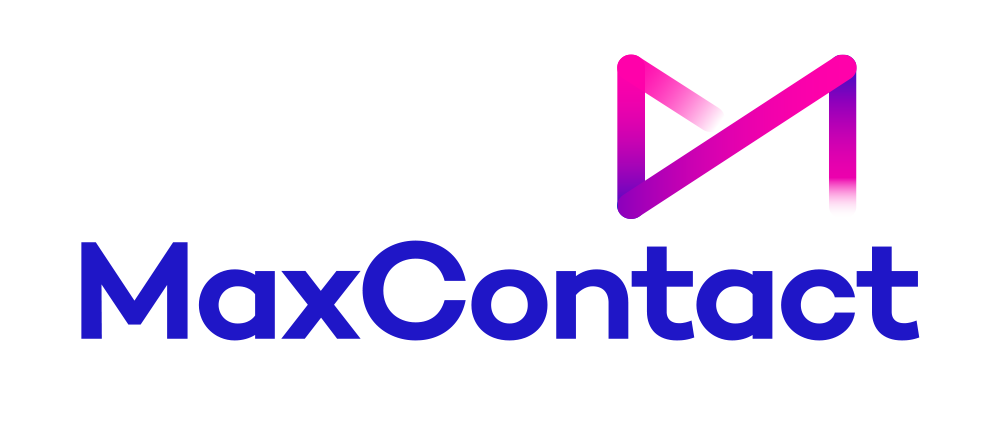What is Average Speed of Answer?
Average Speed of Answer (ASA) is the average amount of time it takes for a call centre agent to answer a customer call, starting from when the call enters the queue.
It stops when someone answers, so it shows how long customers have to wait before getting help.
ASA does not include the time it takes to go through an IVR (Interactive Voice Response) system, but begins once the call is placed in the queue to speak with a live agent.
A good average speed of answer reflects well on your call centre as it means your team respond quickly to issues and you have a short average handling time.
A bad one means callers get frustrated because they are spending too much time on hold, and this can lead to them taking their service elsewhere.
In this article, we’ll break down what ASA means, how it’s calculated, why it matters, and how it can improve customer experience.
What is the Industry Standard for Average Speed of Answer (ASA)?
The industry standard for the average speed of answer is 28 seconds, according to CMSWIRE. Anything more may lead to decreased customer satisfaction and higher call abandonment rates. If you have a high ASA, you may want to ask yourself:
- Do we have enough staff?
- Is everyone answering phone calls efficiently?
- What days/ times are we missing the most calls?
Why is ASA Important?
ASA is more than just a number; it reflects how accessible and responsive your support team is. Here’s why it matters:
Impacts Customer Satisfaction
Long wait times can frustrate customers, leading to poor experiences and negative reviews. A low ASA indicates prompt responses, improving satisfaction and retention.
Influences Key Metrics
ASA directly affects other performance metrics like First Call Resolution (FCR), Customer Satisfaction Scores (CSAT), Net Promoter Score (NPS), and Call Abandonment Rates.
Highlights Operational Productivity
Tracking ASA helps managers identify staffing issues, peak demand periods, and areas for process improvement.
Lowers Average Handle Time
Customers stuck in long queues are more likely to take out their frustration on agents, leading to longer average handle times. This is why reducing your average call handling time is so important.
Increases Agent Productivity and Satisfaction
A low ASA often reflects good scheduling and intelligent call routing. When agents are set up for success with the right tools and support, it improves productivity and morale
How to Calculate Average Speed of Answer
The formula to calculate ASA is simple:
Average Speed of Answer = Total Length of Customer Wait Time ÷ Total Number of Calls Answered.
Example: Let’s say over one hour, your call centre receives 100 calls. Of those, 90 were answered, and the total wait time for those 90 calls was 1,800 seconds. This would mean the average speed of answer is as follows:
ASA = 1,800 seconds ÷ 90 = 20 seconds. In this case, your ASA is 20 seconds.
ASA vs Other Call Centre Metrics
To fully understand ASA’s value, it’s helpful to compare it with other key metrics:
|
Metric |
What It Measures |
Difference from ASA |
|
Average Handle Time (AHT) |
Total time spent on a call, including talk time and after-call work (wrap-up). |
ASA measures how quickly calls are answered, while AHT measures call duration. |
|
First Call Resolution (FCR) |
Whether the customer’s issue is resolved in the first interaction. |
ASA is about speed of response, FCR is about quality of resolution. |
|
Call Abandonment Rate |
Percentage of callers who hang up before reaching an agent. |
A high ASA can lead to a high abandonment rate, indicating poor responsiveness. |
Factors That Affect ASA
Several internal and external factors can influence your ASA:
Staffing Levels: If too few agents are scheduled during peak times, ASA will rise quickly, as will your shrinkage percentage.
Call Volume: Unexpected spikes in call volume can overwhelm your support team.
Agent Productivity: Slow system tools mean agents are busy and unavailable to take new calls.
Call Routing and IVR Systems: Poorly optimised call routing or confusing IVR systems can increase queue times before customers even get to an agent.
Training and Onboarding: Inexperienced agents may take longer to handle calls, increasing ASA due to fewer available team members.
Strategies to Improve ASA
Improving ASA is key to delivering faster customer service. Here are some proven strategies to help reduce wait times:
1. Accurate Scheduling
Contact centre analysis collects data to predict peak times to ensure you have enough agents scheduled. Workforce Management (WFM) tools can automate this process and help avoid understaffing.
2. Reduce Shrinkage
Track and reduce call centre shrinkage by accounting for breaks, training, and unplanned absences in your staffing models.
3. Streamline Call Routing
Use intelligent call routing systems to direct calls to the right agent faster. This reduces queue times and ensures customers get help from the most qualified team member.
4. Offer Self-Service Options
Offer self-service IVR automation, AI software, or a strong knowledge base so customers can resolve simple issues without speaking to an agent.
5. Train Agents Regularly
Well-trained agents handle calls better and with fewer delays. Ongoing coaching helps improve call handling times.
What Are the Benefits of a Low Average Speed of Answer?
As briefly discussed before, a company with a high average speed of answer are likely to experience a decrease in customer satisfaction and could lose potential customers. A low ASA offers a wide range of benefits for businesses, such as:
- Improved customer satisfaction: The quicker a phone call gets answered, the more valued a customer will feel.
- Better brand reputation: Quick and efficient services create a positive image for your business and give you a competitive advantage.
- Increased operational efficiency: Agents will spend less time dealing with complaints due to long wait times and can spend more time focusing on what they do best.
These are just a few of the benefits that a low speed of answer can offer your business.
Key Takeaways
1. Average Speed of Answer (ASA) measures how long customers wait in a queue before speaking to a live agent, starting after IVR navigation ends.
2. The industry standard ASA is 28 seconds. Anything over this can lead to customer frustration and higher abandonment rates.
3. A low ASA improves customer satisfaction, enhances brand reputation, and increases operational efficiency.
4. ASA impacts critical call centre metrics like First Call Resolution (FCR), Customer Satisfaction (CSAT), Net Promoter Score (NPS), and Call Abandonment Rate.
5. Factors affecting ASA include staffing levels, call volume, agent productivity, call routing, and agent training.
6. You can improve ASA by accurate scheduling, reducing shrinkage, streamlining call routing, offering self-service options, and regular agent training.
Average Speed of Answer and the Customer Experience
Average Speed of Answer (ASA) highlights how well a contact centre connects customers with an agent. It's an indicator of how quickly customer issues begin to be addressed, and can directly influence overall satisfaction.
A meaningful assessment of ASA should account for outliers and consider the broader customer journey, not just the initial wait time.
It's about more than speed; it's about creating a smooth, responsive experience from start to finish.
Interested in seeing how your contact centre can improve its ASA and improve its customer experience? Request a demo with MaxContact today.
.png)
From the blog







